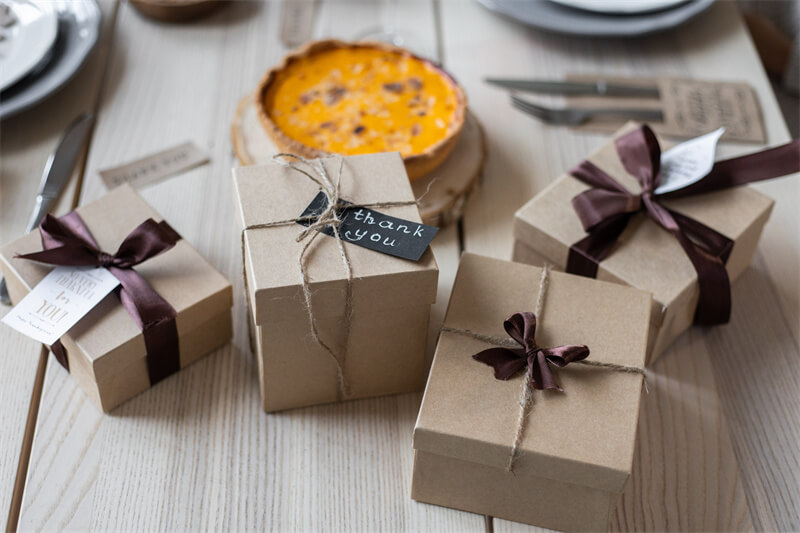As the world becomes more and more connected, companies are looking for ways to reduce waste. One way they’re doing this is by using packaging that can be recycled. However, some new packaging technologies are changing the game. Here are five significant packaging market trends with the latest technologies:
1. Green packaging
In our throwaway society, it can be easy to forget the importance of sustainability. Single-use plastics have a devastating impact on the environment. Green packaging is one way to help mitigate the negative effects of disposable packaging. There are many benefits of using green packaging including reducing waste, saving energy, and protecting the environment.
Green packaging is made from sustainable materials such as paper, cardboard, or rigid boxes. These materials are biodegradable and compostable, which means they can be broken down by natural processes. This reduces the amount of waste that ends up in landfills and incinerators.
Green packaging also saves energy. Traditional plastic packaging is made from oil, which requires a lot of energy to produce. Green packaging is made from renewable resources, so it doesn’t require as much energy to produce.
2. Recycling
Recycling is the process of converting waste materials into new products. It helps conserve resources and reduce pollution. There are many different types of recycling, including paper, plastic, metal, and glass.
Recycling creates jobs and supports businesses that work with recycled materials.
To recycle properly, it is important to know what can be recycled and how to recycle it. There are many ways to recycle materials depending on the type of material. For example, paper can be recycled by putting it in a paper bag or cardboard box and taking it to a local recycling center.
Many communities have recycling programs that make it easy for residents to recycle their materials.
3. Food packaging
A new trend in the food packaging market is the use of edible packaging. For example, companies are now using plant-based materials to create new types of packaging that can be used for various kinds of products. The aim is to reduce the amount of plastic packaging used.
The global food packaging market is expected to grow at a CAGR of around 6.8% during the forecast period 2018-2023.
4. Bio-based packaging
Bio-based packaging is a new type of packaging that is made from renewable resources like corn starch and bamboo fiber. Bio-based packaging is sustainable, compostable, and recyclable. It is also biodegradable, which means that it can be broken down by bacteria and other microorganisms. Bio-based packaging is not only safe and sustainable but also cost-effective. There has been a rise in the demand for bio-based packaging due to the growing need for environmentally friendly and sustainable packaging.
The use of bio-based materials is expected to offer more eco-friendly alternatives to other types of packaging. For example, the global food packaging market was estimated at around USD 10.9 billion in 2016, and this market is expected to reach USD 11.7 billion by 2022. Bio-based packaging is gaining in popularity because it is not only environmentally friendly but also cost-effective.
5. Sustainable packaging
Sustainable packaging reduces the consumption of non-renewable resources and helps to reduce greenhouse gas emissions, by using recycled material and natural fibers. The corrugated board was the most used form of packaging in 2016, and it is expected to remain the dominant packaging type over the forecast period.
Sustainable packaging is designed to protect the product during transportation and distribution. For example, it can be lightweight so that less fuel is used to transport it. It can also be easy to open so that there is less waste generated in the process of using the product.
6. Customize packaging
While many consumers prefer products that come in generic packaging, others enjoy being able to customize the look of what they buy. There are now several companies that offer customized packaging, which can be used to create unique and eye-catching designs.
For example, some companies offer custom printing of logos or company names on their containers. This could be done at the time of production and would make it easier for consumers to identify products. One of the main advantages of these containers is that they can be made from recycled materials. The reason this is important is that it helps to reduce the amount of waste that needs to be disposed of.
Packaging is one of the industries that have been impacted by recent technologies. With advances in printing technology, companies are now able to print on a wider variety of materials, including paper and cardboard. That’s why PackFancy has led to the development of new packaging formats, such as cardboard tubes that can be printed with images and text. In addition, the use of lasers and robotics has allowed some companies to automate the packaging process, which has reduced costs and lead times. With new technologies such as 3D printing, there are many opportunities for packages to be designed more sustainably. The use of these materials allows for more environmentally friendly packaging as well as products that are more durable and longer-lasting.
